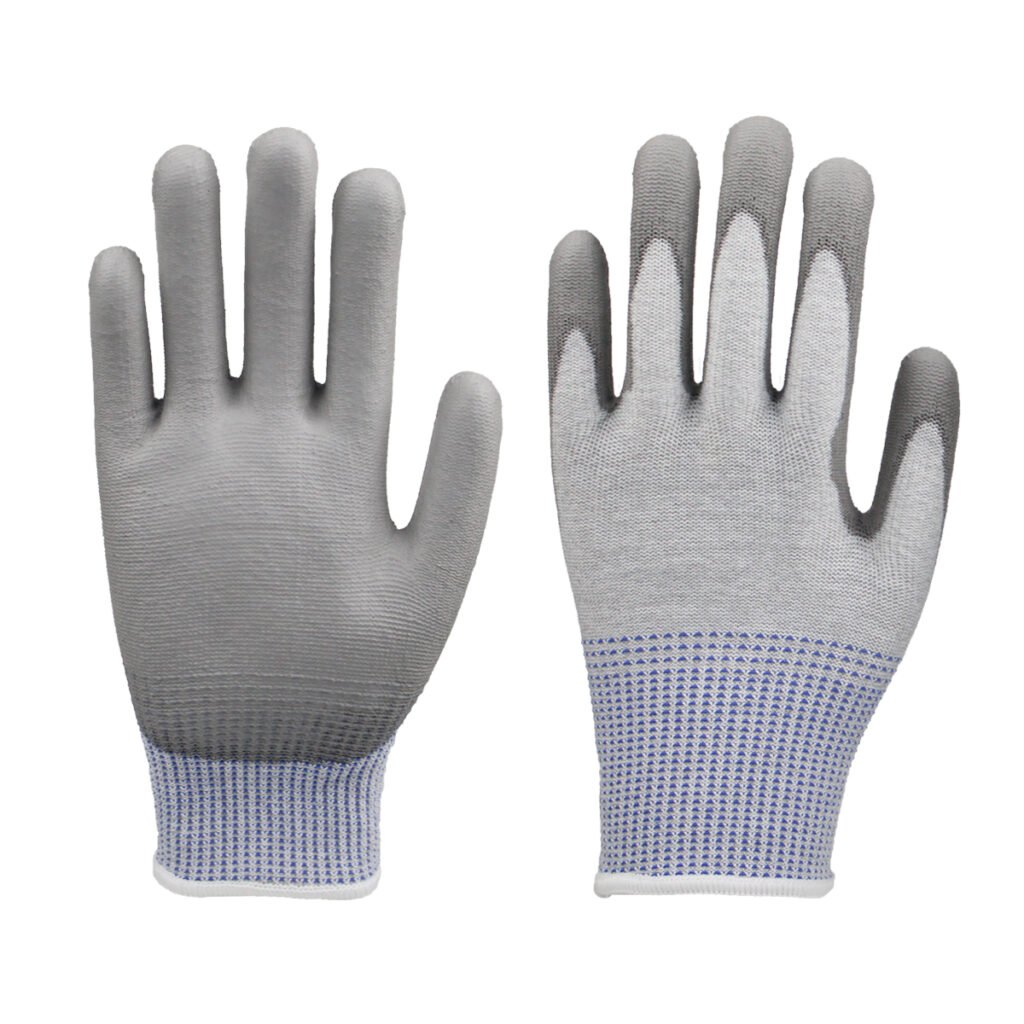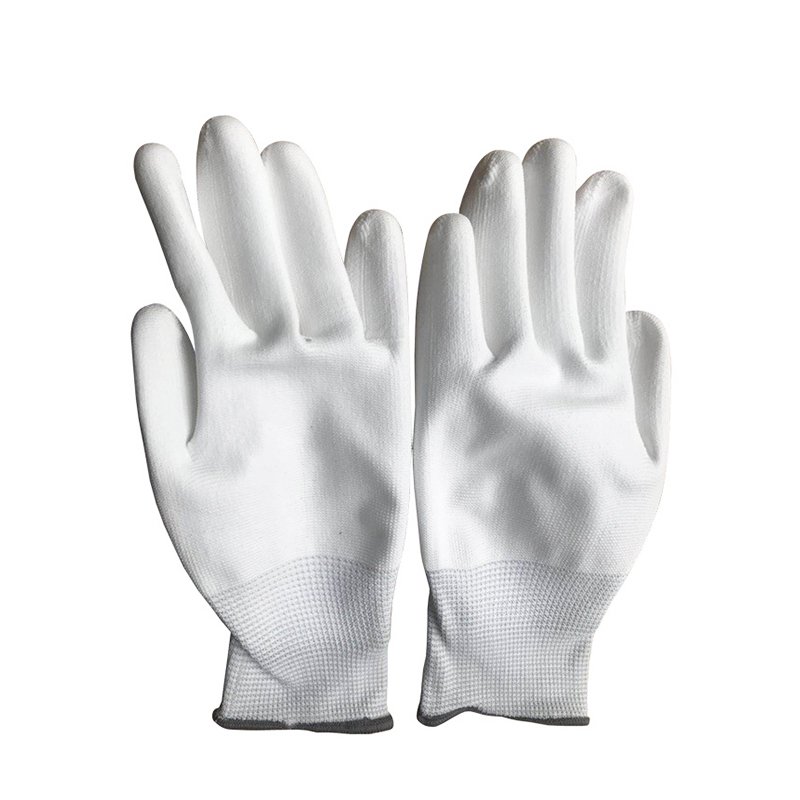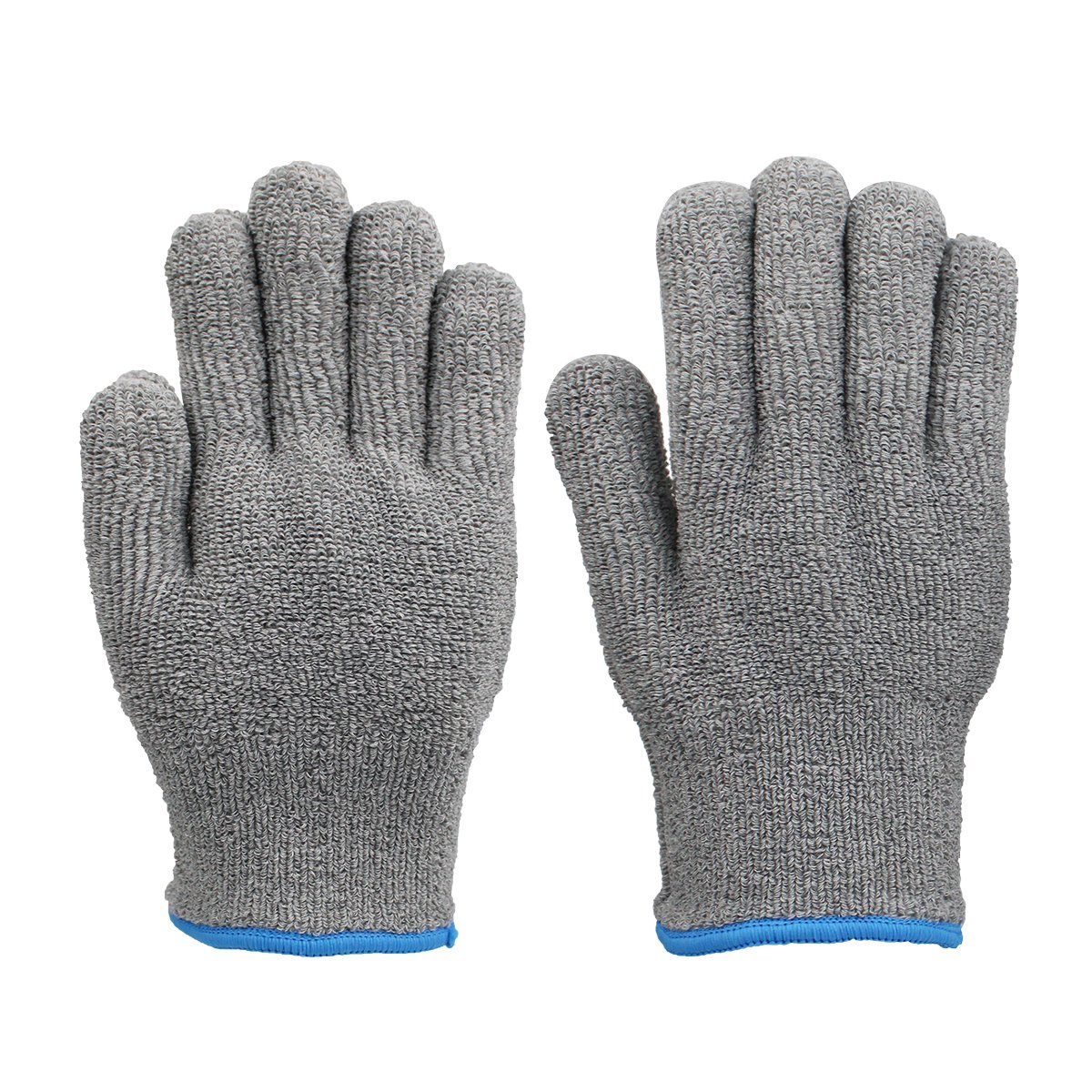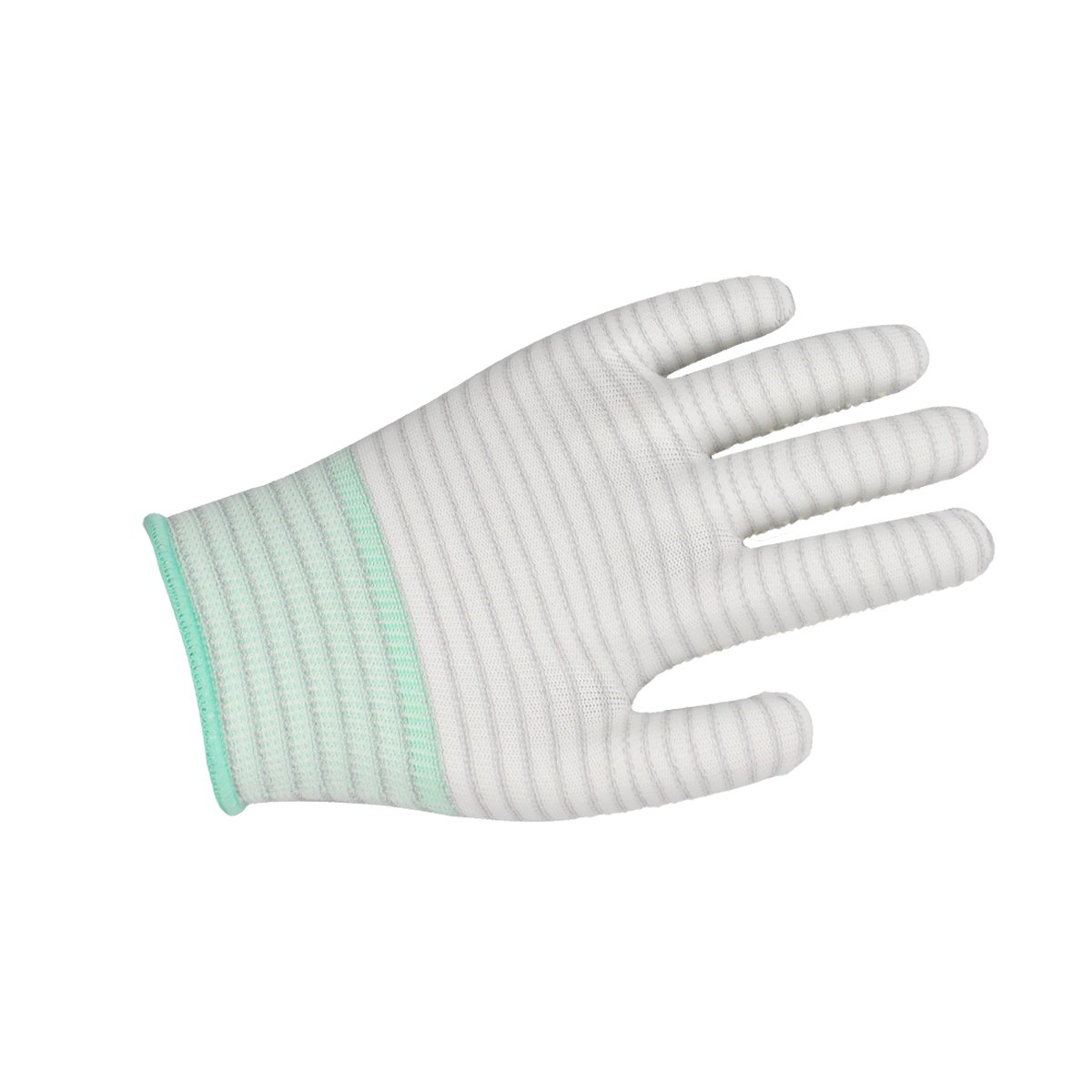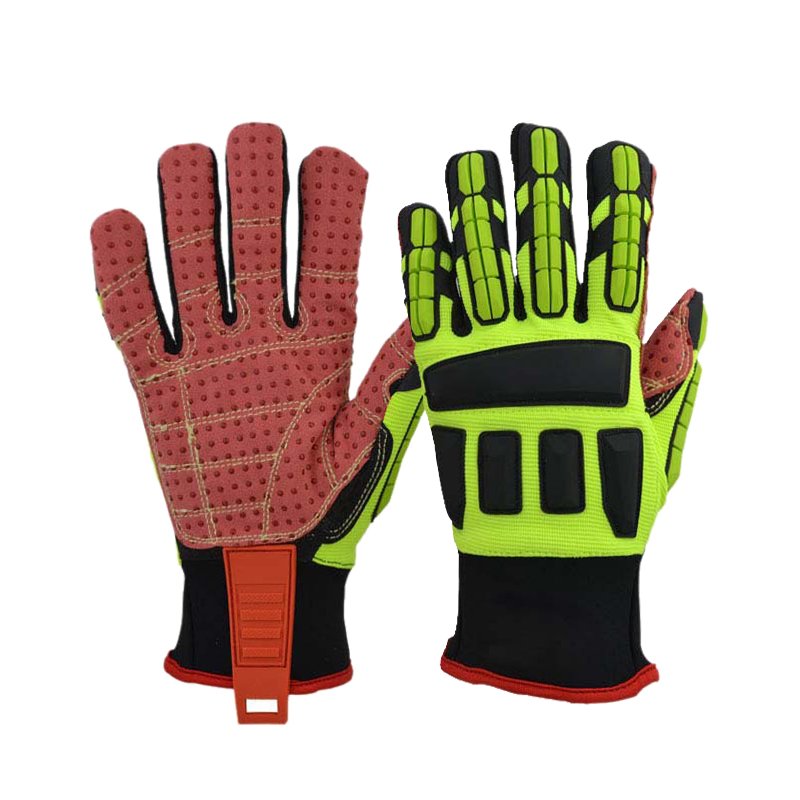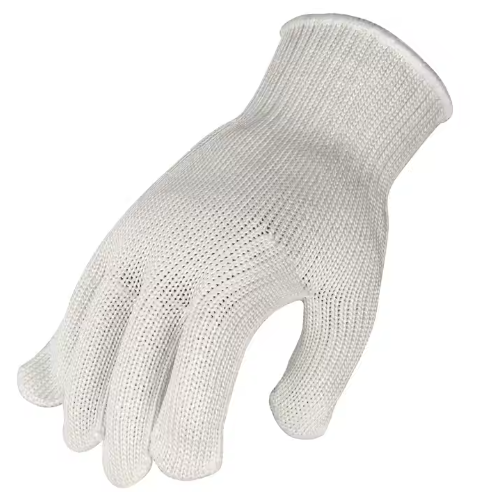Cut-resistant gloves are vital for workers who are exposed to sharp objects and materials. They protect hands from cuts and lacerations, preventing serious injuries. But when should you wear them? This article will answer that question and help you understand the right circumstances for using cut-resistant gloves.
When Should You Wear Cut-Resistant Gloves for Work?
Cut-resistant gloves should be worn whenever your hands are exposed to materials or tools that pose a risk of cuts. These gloves are particularly useful in industries where workers handle sharp objects such as knives, glass, and metal. Whether you’re working in construction, food preparation, or manufacturing, cut-resistant gloves can make a significant difference in preventing hand injuries.
Wearing these gloves ensures that your hands are shielded from hazardous materials while maintaining dexterity. It’s important to assess your work environment and determine if the tasks you are performing involve a high risk of cuts.
What Are the Two Times When It Is Important to Wear Cut-Resistant Gloves in the Subway?
The subway may not seem like a place where you’d need cut-resistant gloves, but workers in subway maintenance, construction, or ticketing areas often face sharp debris and tools. For example, subway workers may deal with glass, metal edges, or broken tiles while performing maintenance. These situations make it necessary to wear cut-resistant gloves for safety.
Additionally, workers dealing with exposed wiring or machinery parts can avoid serious hand injuries by wearing gloves that protect against cuts. It’s essential to understand these specific risks and wear cut-resistant gloves when performing maintenance tasks or handling hazardous materials.
Kevlar Gloves: What Are They and When Should You Use Them?
Kevlar gloves are made from a high-performance fiber that is known for its cut resistance. These gloves are often used in industries like automotive, construction, and food processing, where workers are at risk of cuts from sharp tools and materials. They provide excellent protection while offering flexibility and comfort.
If you’re working with sharp objects such as metal sheets, glass, or knives, Kevlar gloves are an ideal choice. They offer a high level of protection without compromising dexterity, making them perfect for detailed tasks in high-risk environments.
A9 Cut-Resistant Gloves: What Makes Them Stand Out?
A9 cut-resistant gloves are made using advanced materials that offer the highest level of protection against cuts. These gloves are rated for the most demanding environments, including heavy manufacturing and construction. With an A9 rating, these gloves can withstand extreme conditions where other gloves may fail.
If you’re working with sharp, heavy-duty materials such as metal or glass, A9 cut-resistant gloves are a must. These gloves offer unparalleled protection against cuts, reducing the risk of serious injuries.
Heavy Leather Gloves: What Type of Hand Injury Do They Protect Against?
Heavy leather gloves are designed to protect your hands from cuts, abrasions, and other types of injuries caused by rough materials. These gloves are ideal for handling tools, metals, and rough surfaces where there’s a high risk of abrasion.
Leather gloves provide a level of protection that is hard to match with lighter materials. They are particularly useful when dealing with tasks that involve moving heavy or sharp objects, such as in construction, automotive, or warehouse settings.
Puncture-Resistant Boots: Are They Necessary for Hand Protection?
Puncture-resistant boots are designed to protect your feet from sharp objects that may puncture through the sole. While they don’t protect your hands, they are just as essential for overall safety. Workers in environments where sharp objects are common should wear these boots alongside cut-resistant gloves for comprehensive protection.
Puncture-resistant boots are particularly important in industries like construction and mining, where workers often walk over nails, glass, or metal shards. They ensure that your feet stay protected, allowing you to focus on the task at hand without worrying about injury.
What Types of Gloves Are Used to Handle Rough Materials or Objects?
When working with rough or abrasive materials like rocks, metal, or wood, it’s essential to use gloves designed to handle such challenges. Cut-resistant gloves made from durable materials like leather, Kevlar, or high-performance polyethylene (HPPE) offer the best protection against cuts and abrasions.
These gloves provide both comfort and durability, ensuring that your hands stay safe while you handle rough materials. For tasks that involve heavy machinery or sharp-edged tools, choose gloves that combine cut resistance with impact protection for added safety.
When Should Cut-Resistant Gloves Be Used?
Cut-resistant gloves should be used whenever there is a risk of cuts or lacerations. If your work involves handling sharp objects, machinery, or materials, these gloves can protect your hands and minimize the risk of injury. Always assess the potential hazards in your work environment and make sure to use cut-resistant gloves where necessary.
What Are Cut-Resistant Gloves Used For?
Cut-resistant gloves are primarily used to protect the hands from cuts and abrasions. They are commonly used in industries like construction, food processing, manufacturing, and automotive work, where workers are exposed to sharp tools and materials. These gloves are also used in medical and laboratory environments to protect hands from cuts caused by instruments or sharp equipment.
What Are the Disadvantages of Cut-Resistant Gloves?
While cut-resistant gloves provide excellent protection, they also come with a few disadvantages. First, they may not offer protection against punctures or extreme heat. Second, they can sometimes be less flexible than other gloves, limiting dexterity. Additionally, they may be thicker and heavier, which can affect comfort during long hours of use.
It’s important to assess the level of protection needed for your tasks and choose gloves that strike the right balance between safety and comfort.
Does OSHA Require Cut-Resistant Gloves?
OSHA (Occupational Safety and Health Administration) doesn’t specifically require cut-resistant gloves in all workplaces, but it does mandate that employers provide appropriate PPE (personal protective equipment) for workers exposed to workplace hazards. If your job involves handling sharp objects or materials, OSHA recommends wearing cut-resistant gloves to reduce the risk of injuries.
Do Chefs Use Cut-Resistant Gloves?
Yes, chefs often use cut-resistant gloves, especially when working with knives or other sharp tools. These gloves help protect hands from accidental cuts, which are common in kitchens. Many chefs prefer gloves made from materials like Kevlar or high-performance polyethylene, which provide cut protection without compromising dexterity.
When and Where Should Gloves Never Be Worn?
There are situations where wearing gloves can pose a safety risk. For example, gloves should never be worn when operating machinery that could get caught in the glove, such as conveyor belts or rotating machinery. Additionally, gloves should be avoided when handling hot materials unless they are specifically designed for heat protection.
Conclusion
Cut-resistant gloves are essential for workers exposed to sharp objects or materials. Understanding when and where to use them can help prevent injuries and improve safety on the job. Always choose the right gloves based on the risks in your environment to ensure maximum protection.

